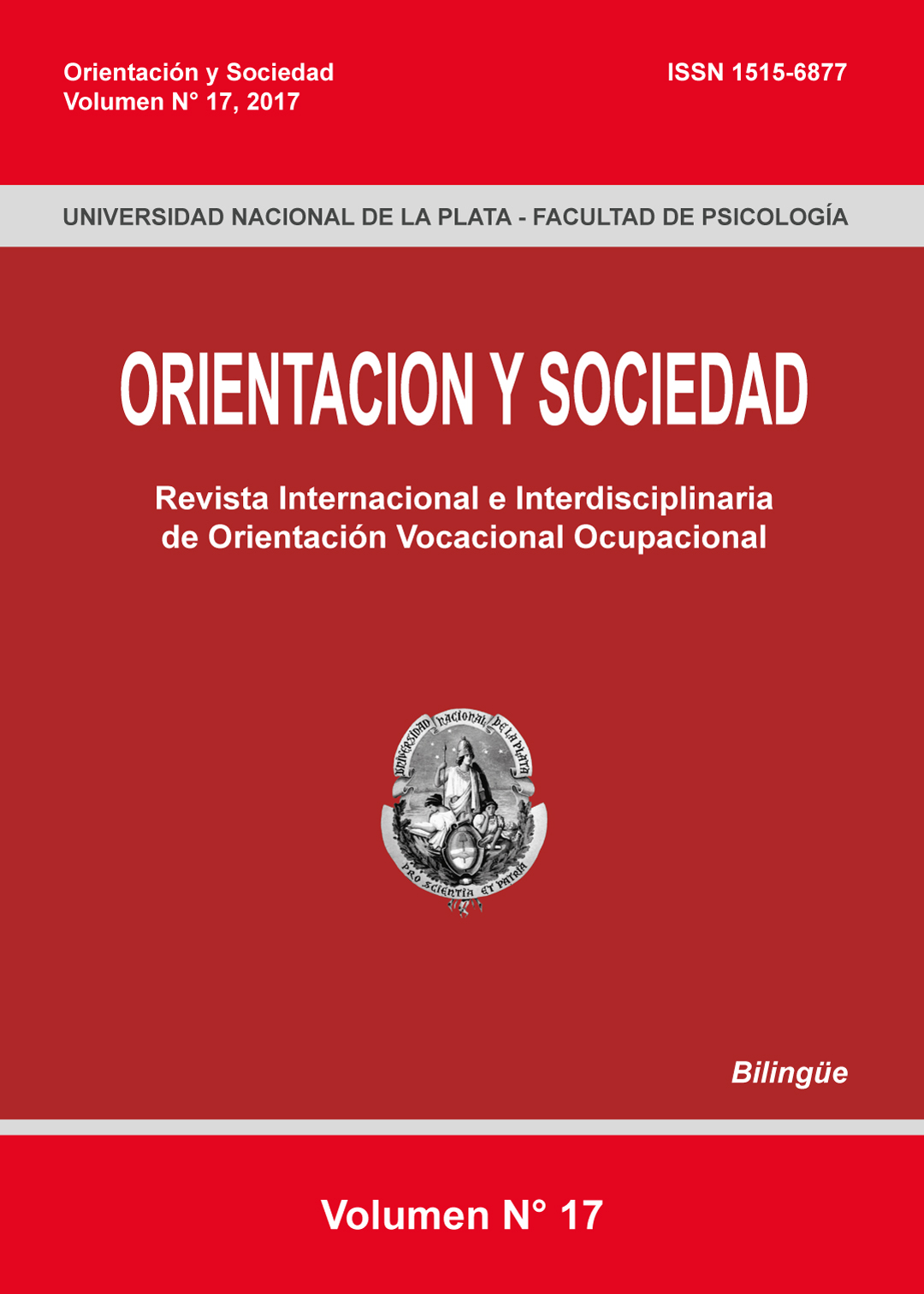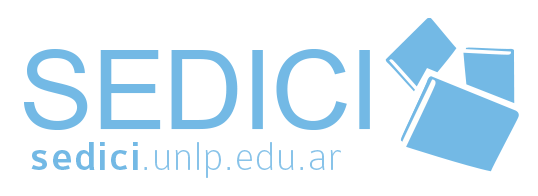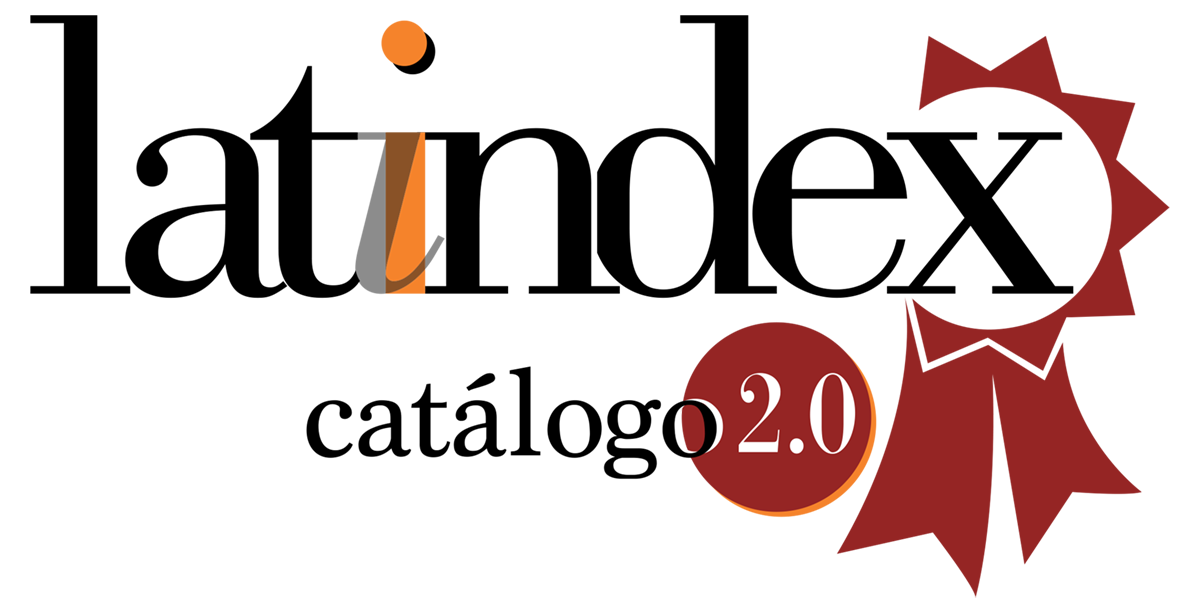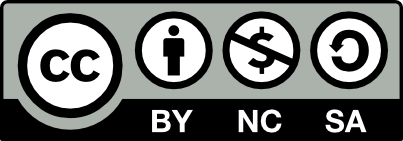Adolescence, subjective disorientation and vocational choices
Palavras-chave:
Adolescence, psychoanalysis, subjective disorientation, vocational choices, contemporary ageResumo
This work presents a critical inquiry into the issues linked with adolescence, subjective disorientation and the vocational choice from the perspective of Freudian-Lacanian psychoanalysis. To this end, first, we examined the difficulties that may arise during adolescence relative to sexual awakening and existence, conditioned by both childhood experiences and the familiar and social Other. Next, we articulated these difficulties with their incidence over the decision to select or continue a given career or a particular employment, decisions tightly linked to a lifestyle. This analysis stemmed from a study conducted at a drug-addiction specialized healthcare center. For many analyzed cases, the prevailing factors were associated with subjective disorientation, the absence of objectives and a general orientation that could organize their lives on the basis of specific interests. This disorientation affected their familiar and social insertion, as well as their insertion in the schooling system and their vocational decisions, all replaced by the value placed on substance abuse. Starting with the description and formalization of the principal characteristics of the notion of adolescence and its relation to the concepts of time, vocation, orientation, and subjective disorientation in the context of the contemporary age, we conduct the case analysis of a 19 years old adolescent that will allow to show in which way a psychoanalytical approach within an institutional environment opens the possibility to uncover and effect on a singular development subject to changes during the therapy. The implemented methodology allows showing findings of special importance linked to disorientation and changes in subjectivity. These changes only occurred after having effectuated a subjective rectification that made the inscription of the symptom in transference possible, which among other issues, brings clarity to the dilemma of continuing studies.
























